Five Years On, Westside Commuter Train Bleeds Cash
Friday, September 12, 2014
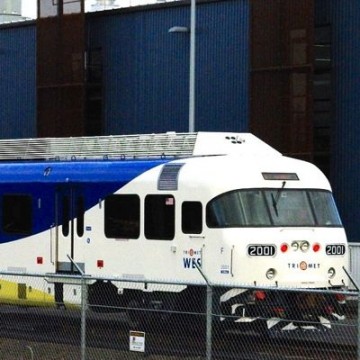
Photo Credit: WES Train by M.O. Stevens - Own work. Licensed under CC BY 3.0 via Wikimedia Commons.
WES, TriMet’s only commuter train service, connects Beaverton to Wilsonville, and operates on a 14.7-mile section of track owned by the Portland and Western Railroad.
All trips on TriMet are subsidized by taxpayers, but trips on WES are subsidized seven times as much as bus rides and 20 times as much as each ride on a MAX line, according to documents on TriMet ridership.
“WES is a total boondoggle,” said Jared Franz, Transportation Policy Associate at the enviornmental nonprofit OPAL. “We are subsidizing premium service in this more affluent corridor.”
A ticket on WES costs $2.50, like tickets to ride the MAX or bus.
That almost $14-a-ride subsidy is staggering compared to the $0.67-per-ride subsidy for a MAX trip and $1.99-per-ride subsidy for a bus trip.
Businesses Taxed
Those subsidies are coming primarily from a payroll tax levied on businesses in TriMet’s service area, which provide 57 percent of Trimet’s operating fund.
When WES opened in 2009, it was the nation’s first suburb-to-suburb commuter rail line, aimed to relieve congestion along Highway 217 in Portland’s rapidly growing western suburbs. Disappointing ridership numbers were explained by the economic downturn and by the fact that the line hadn’t been “discovered” by commuters yet.
Nearly six years later, ridership is increasing and the subsidy per-rider has fallen from a peak of $20.61 per ride in 2010.
WES ridership increased from 418,090 rides in 2012 to 442,120 rides in 2013. But even at full capacity, the cost-per-passenger is unlikely to ever be near that of a MAX or bus line.
For example, the MAX Blue Line carries an average of around 60,000 daily rides; the busiest bus line, the No. 4 on Division/Fessenden, carries an average of more than 17,000 riders on weekdays.
TriMet runs 32 daily trips on WES, and each trip has seats for between 150 and 160 passengers. At maximum capacity, the service would be handling around 5,000 daily rides on weekdays.
TriMet spokeswoman Mary Fetch said the train will always run at a higher cost.
“WES ridership (cost per ride) will never be as low as MAX because of the limited service (weekday rush hour only), limited space and the cost structure of operating on a freight line,” Fetch said.
Despite the high costs per ride, Trimet is unlikely to stop running WES completely. The federal money used to construct the commuter service requires that WES operate for at least 20 years.
Correction: In the original version of this article, we said: "That’s the most expensive subsidy of any of TriMet’s modes of transit and it's unlikely to change in the foreseeable future." That line has been changed to: "That's the most expensive subsidy of any of TriMet's fixed-route services," to take into account the LIFT services.
Homepage Photo Credit: Jason Huff, cc
Related Slideshow: Top 12 carless cities in the U.S.
Portland ranks among the top cities in the nation where residents live without cars. Check out the other cities that scored highly.
Related Articles
- Oregon Secures $300,000 in Federal Funding For Small Business Grants
- Oregon’s Uncollected Revenue Up 50 Percent to $3.2 Billion
- Portland Has the 11th Biggest Public Transit System In The U.S.

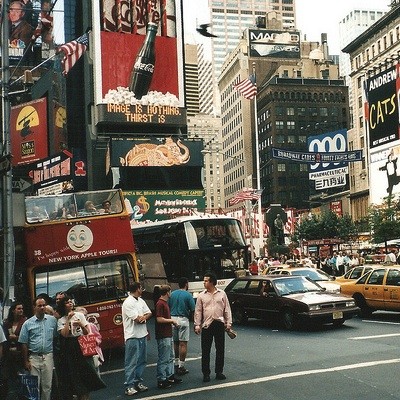

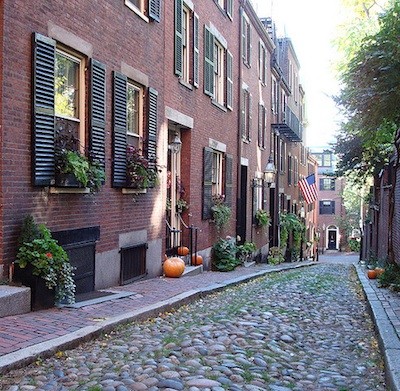
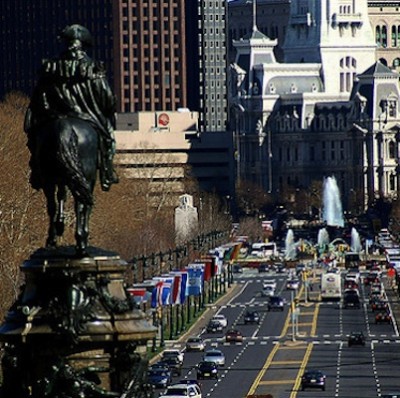
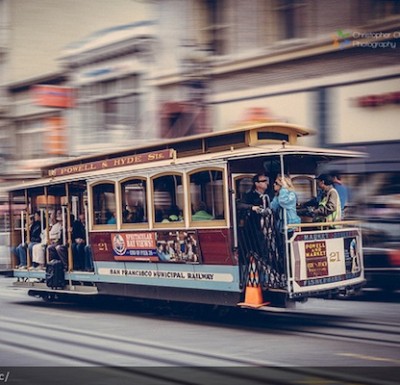
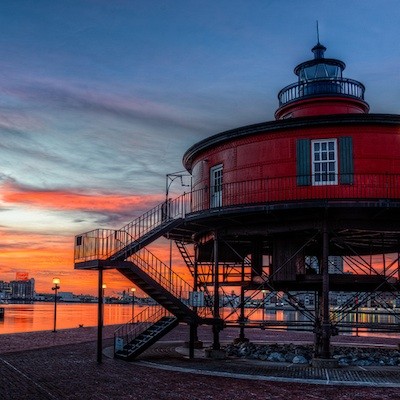
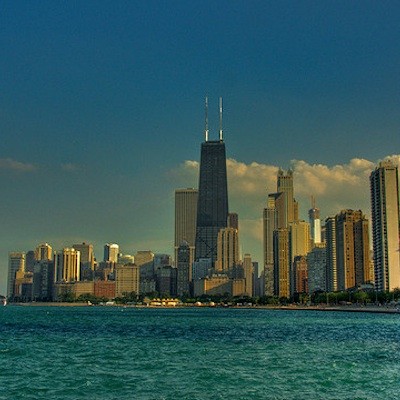
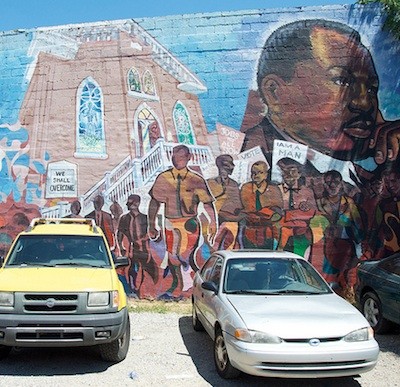
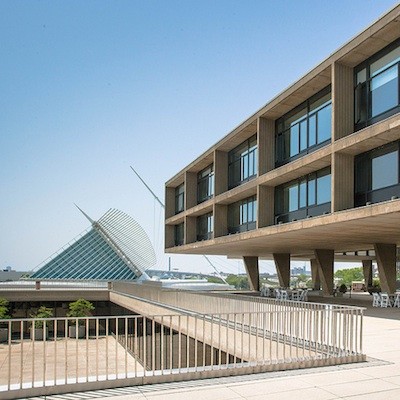
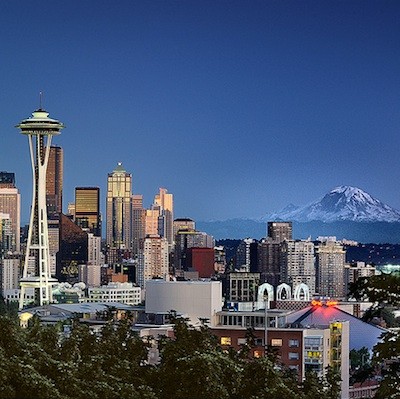
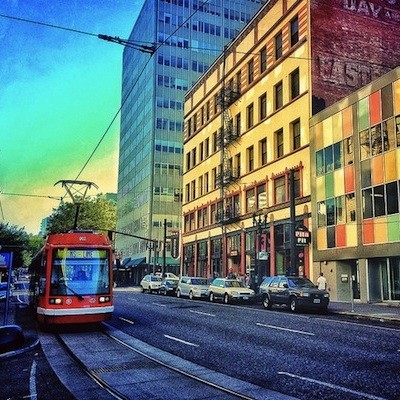
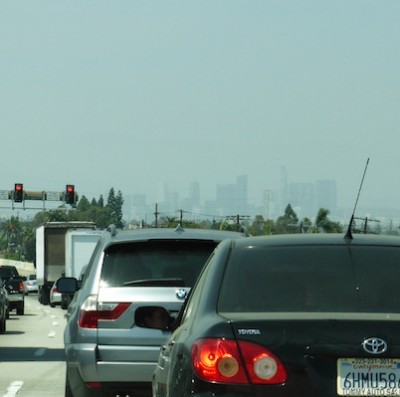















Follow us on Pinterest Google + Facebook Twitter See It Read It